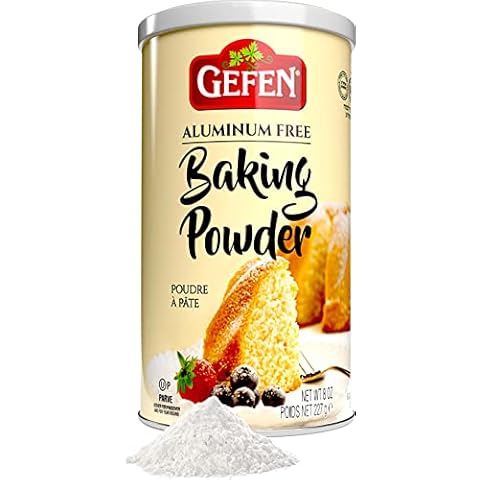The Basics of Choosing the Baking Powder
Understanding Baking Powder
Baking powder is a crucial ingredient in many baked goods, providing the necessary lift and lightness to cakes, cookies, and other treats. However, not all baking powders are created equal, and choosing the right one can make all the difference in the final result of your baked goods. In this article, we'll explore the different types of baking powder, how to choose the right one for your recipe, and some tips for storing and using it to ensure the best results.
Types of Baking Powder
There are two main types of baking powder: single-acting and double-acting. Single-acting baking powder is activated by moisture, so it starts to release carbon dioxide gas as soon as it's added to a wet batter or dough. This means that it's important to bake the goods immediately after mixing, before the gas has a chance to escape. Double-acting baking powder, on the other hand, releases carbon dioxide gas in two stages: when it's mixed with liquid, and again when it's heated in the oven. This allows for more leeway in the baking process, as the batter or dough can be mixed ahead of time and left to sit before baking.
In addition to these two main types, there are also specialty baking powders available that are designed for specific purposes. For example, some baking powders are aluminum-free, which may be important to some bakers who want to avoid using aluminum in their cooking. Others are specifically formulated for gluten-free baking, providing the necessary lift without relying on gluten-containing ingredients.
Choosing the Right Baking Powder
So, how do you choose the right baking powder for your recipe? First and foremost, it's important to read the recipe carefully and determine whether it calls for single-acting or double-acting baking powder. If the recipe doesn't specify, it's generally safe to assume that it's calling for double-acting baking powder, as this is the most commonly used type.
If you're using a specialty baking powder, such as an aluminum-free or gluten-free variety, make sure that it's compatible with the other ingredients in the recipe. For example, if you're using a gluten-free flour blend, you'll want to make sure that your baking powder is also gluten-free.
It's also important to consider the age of the baking powder. Baking powder loses its potency over time, so it's best to use a fresh, unopened container for the best results. To test the potency of your baking powder, mix a small amount (about 1 teaspoon) with water. If it bubbles vigorously, it's still good to use. If not, it's time to replace it.
Storing and Using Baking Powder
To ensure that your baking powder stays fresh and potent, it's important to store it properly. Keep it in a cool, dry place, away from heat and moisture. It's also a good idea to keep the container tightly sealed when not in use, to prevent moisture from getting in and compromising the quality of the baking powder.
When using baking powder in a recipe, make sure to follow the instructions carefully. Be sure to measure it accurately, and mix it thoroughly with the other ingredients. Overmixing can cause the baking powder to lose its potency, so be careful not to overwork the batter or dough.
In conclusion, choosing the right baking powder is an important step in ensuring the success of your baked goods. By understanding the different types of baking powder, selecting the right one for your recipe, and storing and using it properly, you can achieve the perfect lift and texture in all of your baked creations.











